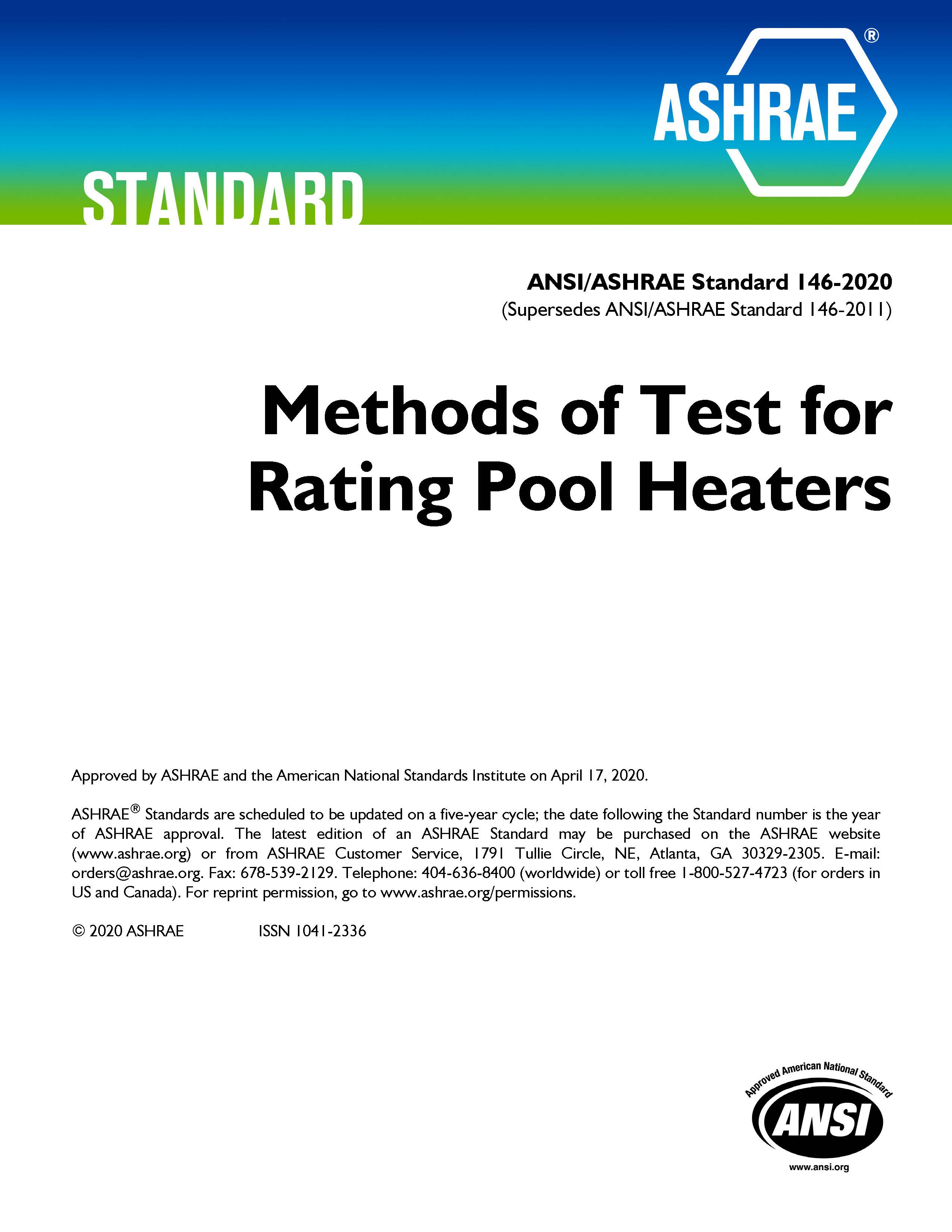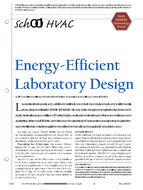Numerical simulation modeling has become a very important and integral part of product design process. One of the significant product reliability risks for HVAC systems is vibration fatigue failure of refrigeration piping systems. Excessive refrigerant line vibration can ultimately result in cracks or joint failures, and loss of refrigerant charge. The vibration is driven by compressor, which is excited by a combination of dynamic loads, such as rotor imbalance and pressure pulsations associated with the compression process. Piping system problems arise when the excitation frequencies coincide with piping resonances (also called “natural frequencies” or “modes”). To mitigate this risk, numerical simulation using Finite Element Analysis (FEA) is conducted to calculate piping resonances and their associated stress levels. Using numerical models, it is possible to identify potential resonance problems, and refine the piping system design prior to making prototype units. This paper presents a description of the FEA simulation process, including key modeling assumptions, as well as examples of how the models correlate with test. Production unit statistics confirm that vibration simulation can significantly reduce the risk of the fatigue failure.
Product Details
- Published:
- 2013
- Number of Pages:
- 8
- File Size:
- 1 file , 890 KB
- Product Code(s):
- D-DA-13-C026
- Note:
- This product is unavailable in Russia, Belarus


